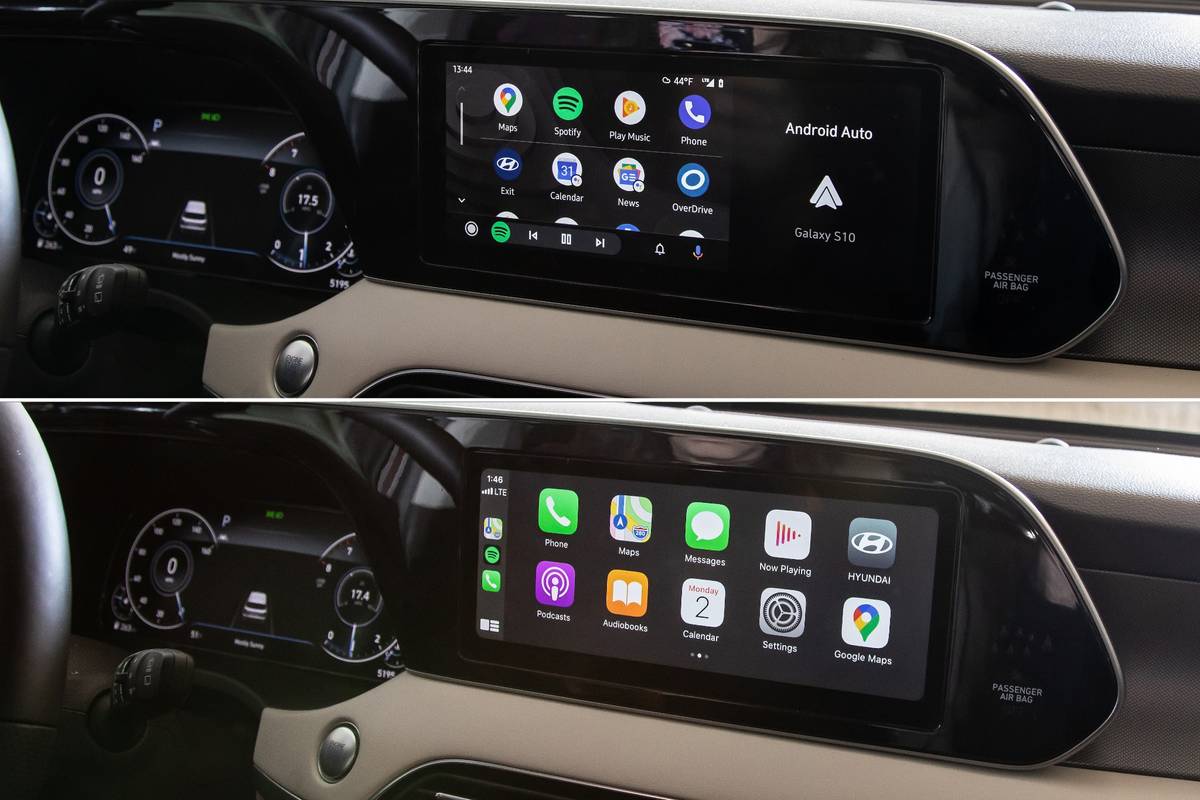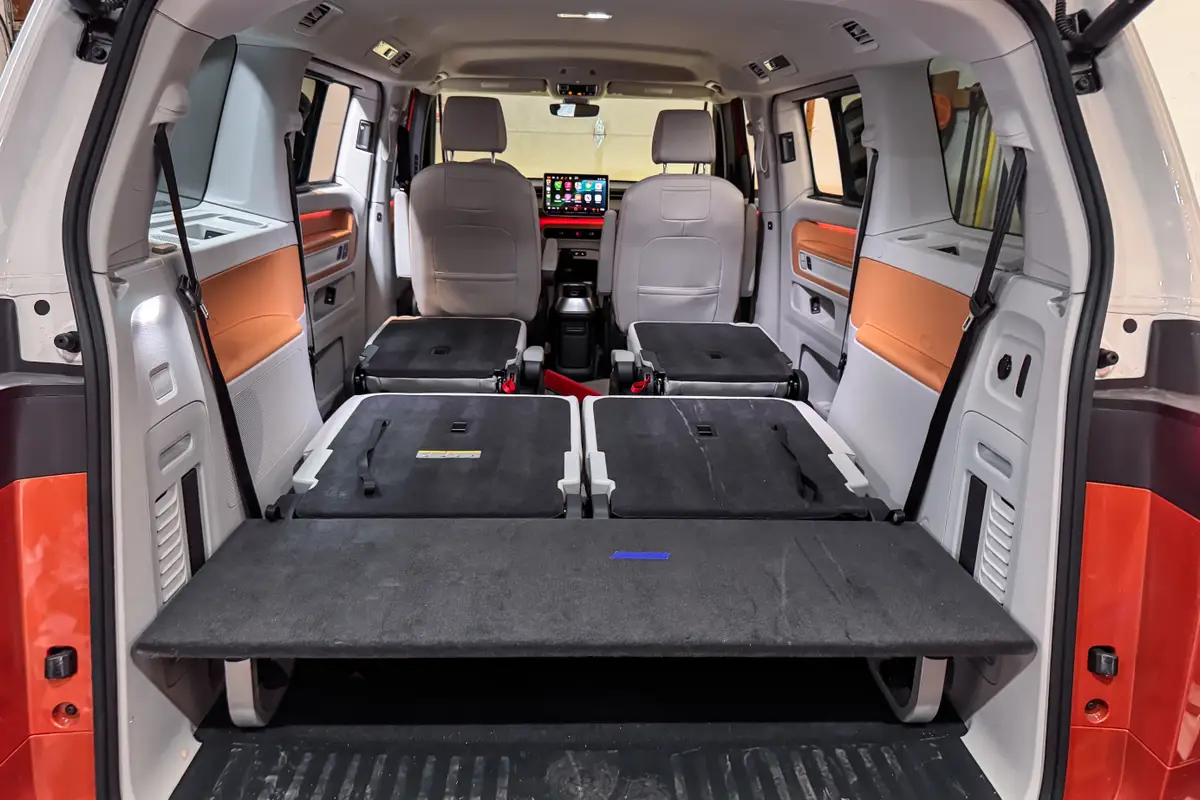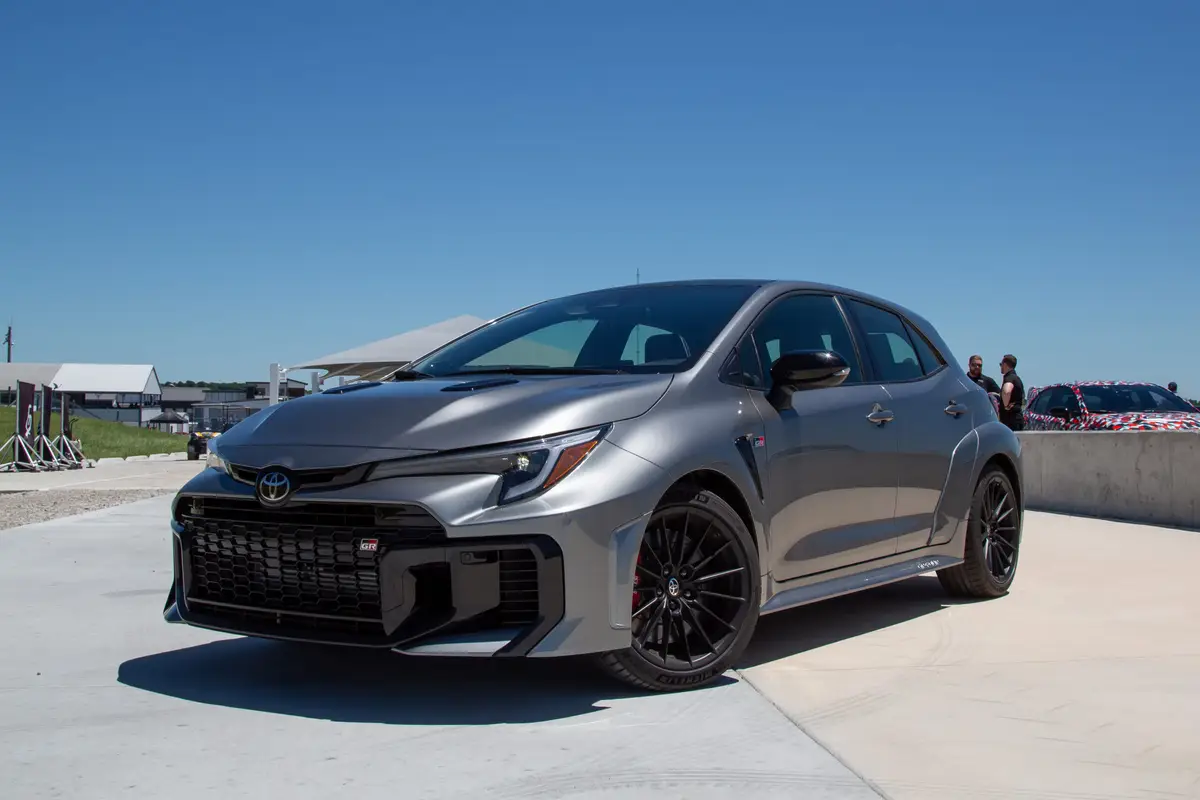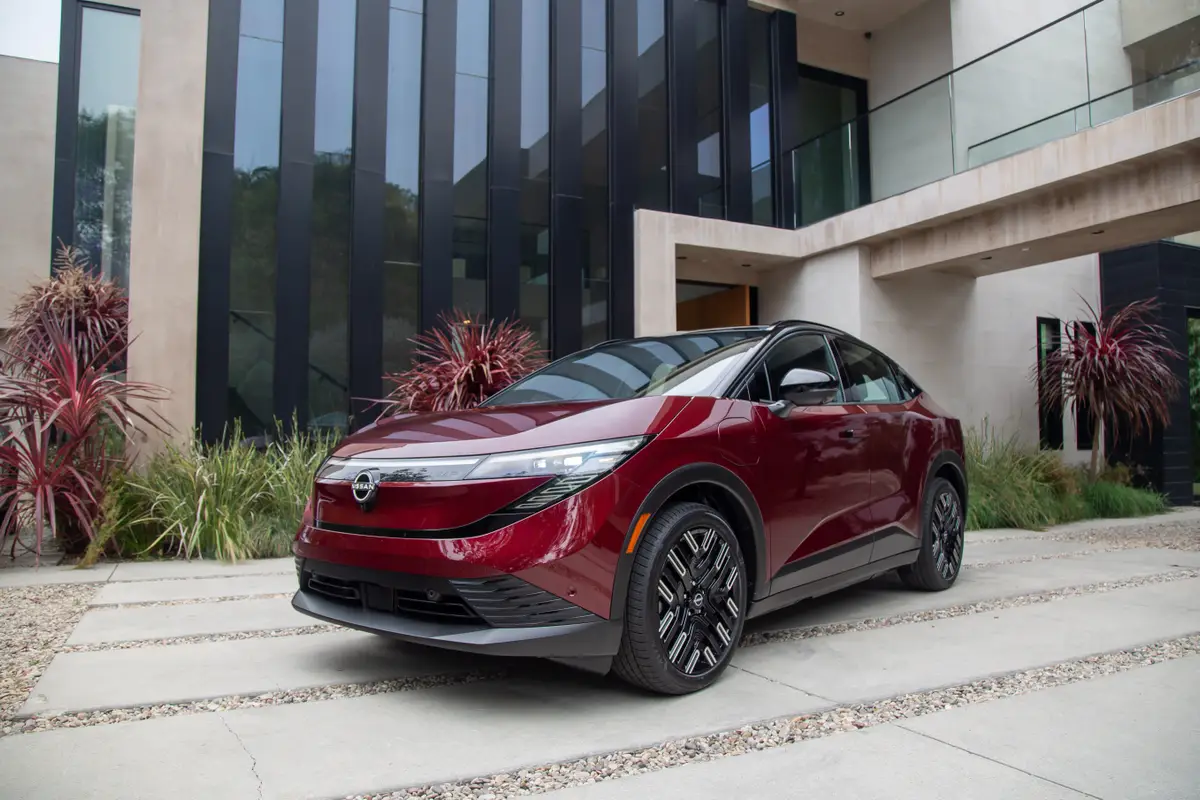2020 Hyundai Palisade: Why Does Apple CarPlay Use the Whole Screen but Android Auto Doesn’t?


My laptop is a Lenovo ThinkPad; my phone runs an Android operating system. Yes, I’m one of those Apple-averse consumers (contain your scoffing, please). Normally, I do my best to avoid the Apple-versus-Android argument, but when Cars.com selected the new Hyundai Palisade as our Best of 2020 vehicle, I found myself on the wrong side. On our Palisade’s 10.25-inch touchscreen, an upgrade over the standard 8-inch unit, the Android Auto display is inferior to the Apple CarPlay setup.
Related: Android Auto Gets Easier on the Eyes
- ${price_badge()}
- ${ami_badge()}
- ${battery_badge()}${ev_report_link()}
- ${hot_car_badge()}
- ${award_badge()}
- ${cpo_badge()}
${price_badge_description}
${ami_badge_description}
The EV Battery Rating is based on this vehicle's current expected range relative to the vehicles expected range when new. ${battery_badge_text}
Certified cars are manufacturer warrantied and typically go through a rigorous multi-point inspection.
This car is likely to sell soon based on the price, features, and condition.
${award_blurb}
${award_two_blurb}
Shop the 2020 Hyundai Palisade near you


The smartphone interfaces allow you to control and view certain apps through the dashboard’s media system, including navigation functionality. They’re designed to be easier and less distracting to use behind the wheel than your phone, and both work that way in the Palisade — with one big difference.
Apple CarPlay uses the full width of the Palisade’s widescreen, and my iPhone-toting colleagues love it.
“The Palisade is one of several models with a horizontal screen that’s 10-plus diagonal inches, yet it shows CarPlay across the whole unit, with swift responsiveness and crisp resolution to boot,” said Senior Consumer Affairs Editor Kelsey Mays.
Palisade drivers with Android Auto, on the other hand, will have to settle for much less. The interface displays in a much smaller section of the screen, and a black box takes up the rest of the space to its right.
So what gives? Turns out it’s a matter of timing.
Last spring, Google announced updates to Android Auto’s interface, designed to improve usability. Improvements include a new home screen, a more useful navigation bar for music and map-based applications, and a new widescreen format. Google said Android Auto will now do a better job using available screen space — great for cars with touchscreens wider than the 8-inch dimension favored for years — but why doesn’t it apply to the Palisade’s widescreen?
“Basically because of the timing of Palisade [developed before Google opened ability for widescreen support] it will not receive widescreen support for Android Auto,” Hyundai spokesman Miles Johnson told me in an email.
A Google representative confirmed that timing is the issue with the Palisade but left an opening for improvement.
“Android Auto has been supporting widescreen displays in modern vehicles for over a year, but manufacturers need to enable their cars to request that aspect ratio from the phone,” Kaori Miyake, a spokesperson for Google, said. Automakers like Alfa Romeo, BMW, Jaguar, Land Rover, Lexus and Mazda are among them, Miyake continued.
“For manufacturers that haven’t, they can opt to update their head-unit software to support,” Miyake said. “However, that is subject to their own discretion and design decisions.”
Will Hyundai update the Palisade’s system to support the widescreen display? That seems unlikely, at least anytime soon.
“We currently do not have a timetable for widescreen [Android Auto] being rolled out via a map/software update,” Johnson wrote.
More From Cars.com:
- We Bought a 2020 Hyundai Palisade
- 2020 Hyundai Palisade Review: A Winning Formula
- Research the Hyundai Palisade
- We Have a Winner: Why the 2020 Hyundai Palisade Is the Best 3-Row SUV
- Find Your Next Car
Cars.com’s Editorial department is your source for automotive news and reviews. In line with Cars.com’s long-standing ethics policy, editors and reviewers don’t accept gifts or free trips from automakers. The Editorial department is independent of Cars.com’s advertising, sales and sponsored content departments.

News Editor Jennifer Geiger joined the automotive industry in 2003, much to the delight of her Corvette-obsessed dad. Jennifer is an expert reviewer, certified car-seat technician and mom of three. She wears a lot of hats — many of them while driving a minivan.
Featured stories




